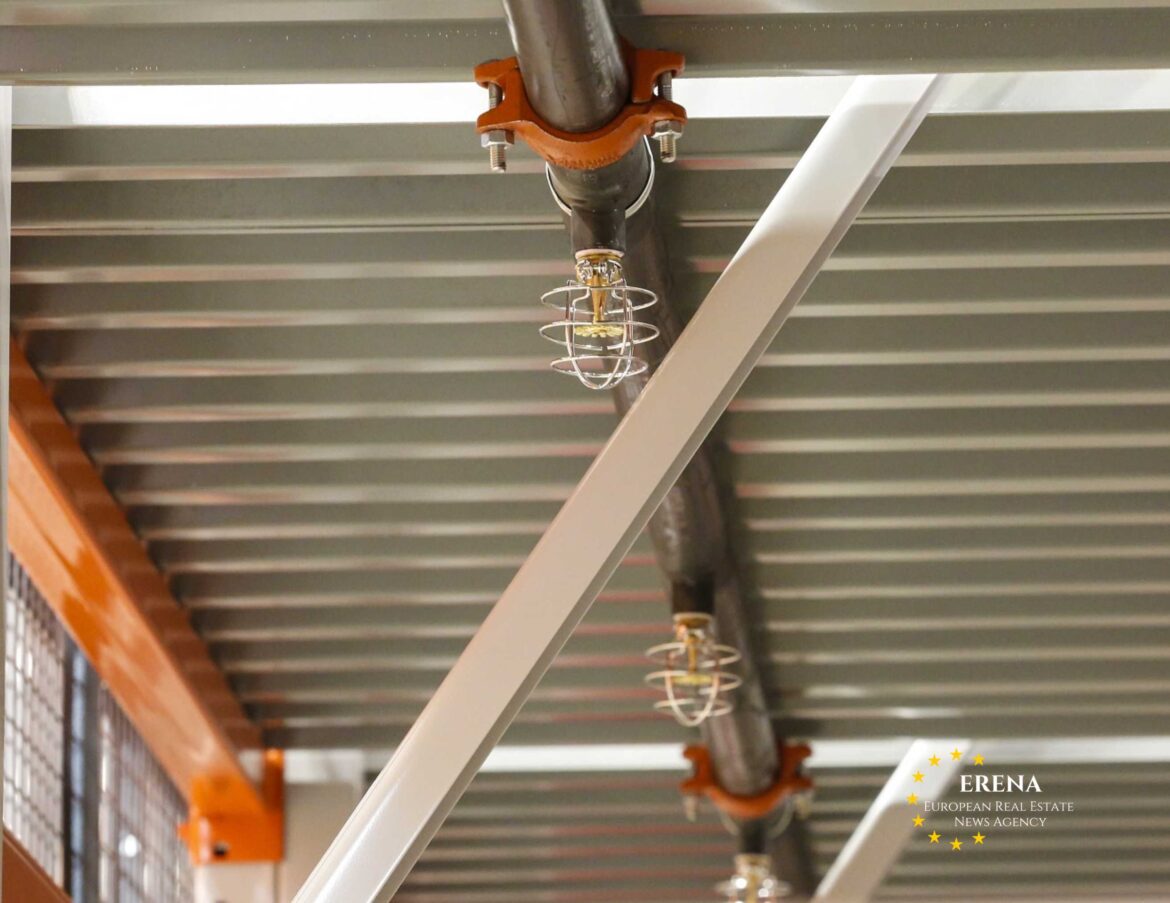In 2025, significant updates to building and fire safety regulations concerning warehouse racking systems will come into force. These changes affect both developers and operators of logistics centers aiming to meet new safety standards and enhance fire resistance across facilities.
Why the Code Updates Were Necessary
Recent years have seen an increase in warehouse fires caused by overloaded racking, improper installations, and outdated fire suppression systems. Investigations revealed that even modern warehouses equipped with sprinklers remain vulnerable when racking layouts fail to account for fire spread dynamics.
Moreover, with environmental regulations tightening, many EU governments are demanding reduced smoke toxicity and improved human evacuation efficiency during emergencies.
New Design Requirements for Racking Systems
A key change involves mandatory fire load calculations based on the type of goods stored. In 2025, all facilities must assess:
- Material combustibility levels
- Storage density
- Accessibility to emergency exits
- Aisle height and width between racks
In countries like Germany, France, and the Netherlands, racking systems must now be designed with early fire containment in mind, using fire-resistant curtains or horizontal barriers.
Integration with Fire Suppression Systems
Crucially, racking system parameters must be aligned with automated fire suppression technology. Specifically:
- Rack height must not exceed sprinkler operational limits
- Additional smoke and heat detectors are required at each storage tier
- Materials that obstruct sprinkler dispersion, like sealed plastic boxes, are discouraged
Evacuation plans indicating access points for each warehouse segment are also mandatory.
Structural Fire Resilience Standards
According to the new codes, racking structures must now be certified for thermal resistance. This is especially relevant for high-bay systems (over 12 meters).
Use of metal alloys with fire-resistant properties is now required, and low-grade plastics are being phased out. Anchoring systems must withstand temperatures up to 800 °C without loss of structural integrity.
Electronic Monitoring and AI Integration
Many EU nations now require warehouses to implement real-time monitoring systems to detect:
- Temperature fluctuations
- Smoke presence
- Deformation in racking structures
Operators are increasingly relying on AI-powered tools to simulate fire scenarios and identify risk zones based on actual inventory configurations. These predictive systems improve not only response speed but also risk mitigation planning.
Staff Training and Legal Responsibility
With the updated regulations, training requirements for warehouse personnel have increased. All staff must undergo annual fire safety courses, including hands-on evacuation drills and equipment handling.
Warehouse owners are also subject to stricter liability and must:
- Maintain inspection logs
- Retain service documentation for fire suppression systems
- Provide proof of employee training
Failure to comply may result in substantial fines or even criminal charges in cases of gross negligence.
Economic Impact for Operators
Complying with the new standards involves investment, especially for older facilities. Industry estimates place the average upgrade cost for a mid-sized EU warehouse in 2025 at €250,000 to €600,000.
However, long-term benefits include:
- Reduced risk of operational downtime
- Lower insurance premiums
- Compliance with international standards, critical for attracting major clients
Conclusion
The 2025 code changes on racking and fire safety are a decisive step toward increasing warehouse protection. Companies that adapt early not only minimize risk but also gain a competitive edge in a market where both clients and regulators demand higher safety and sustainability standards.
Effective design, real-time monitoring technologies, and comprehensive staff training are now essential components of a secure and future-proof logistics infrastructure.

